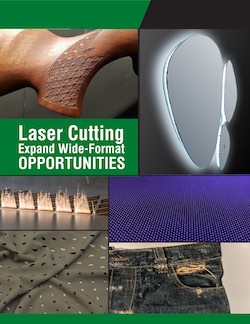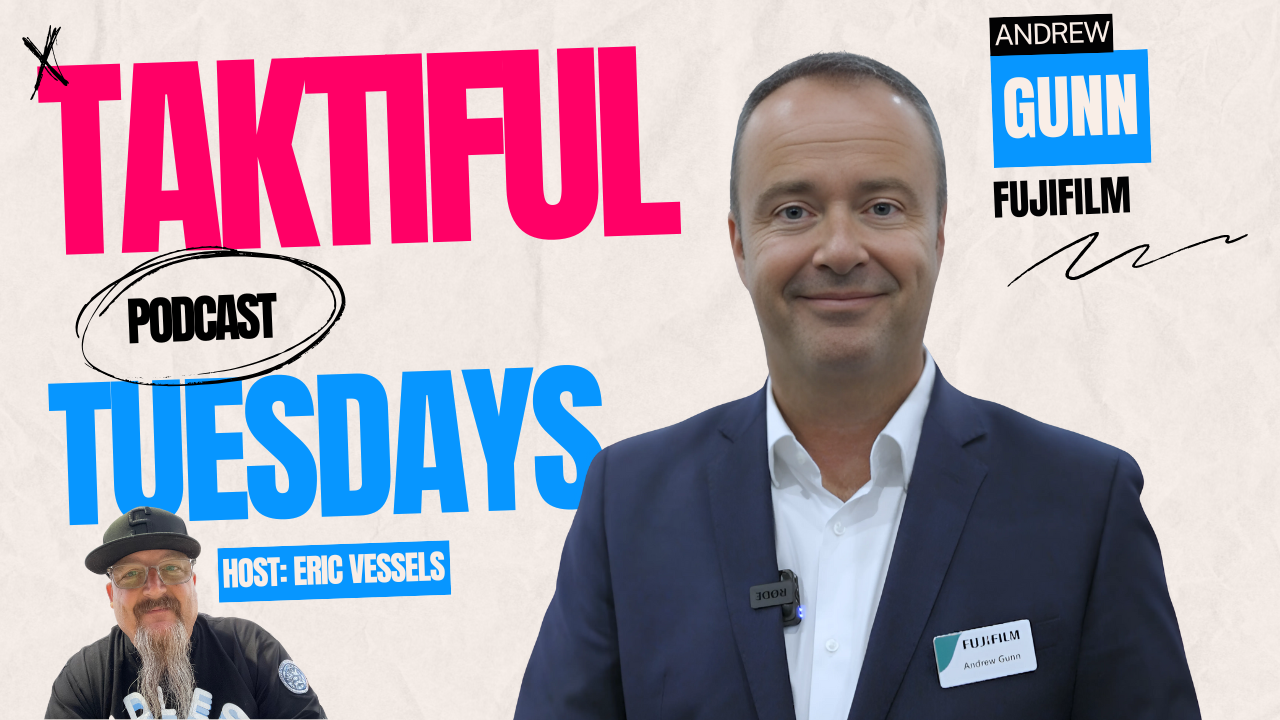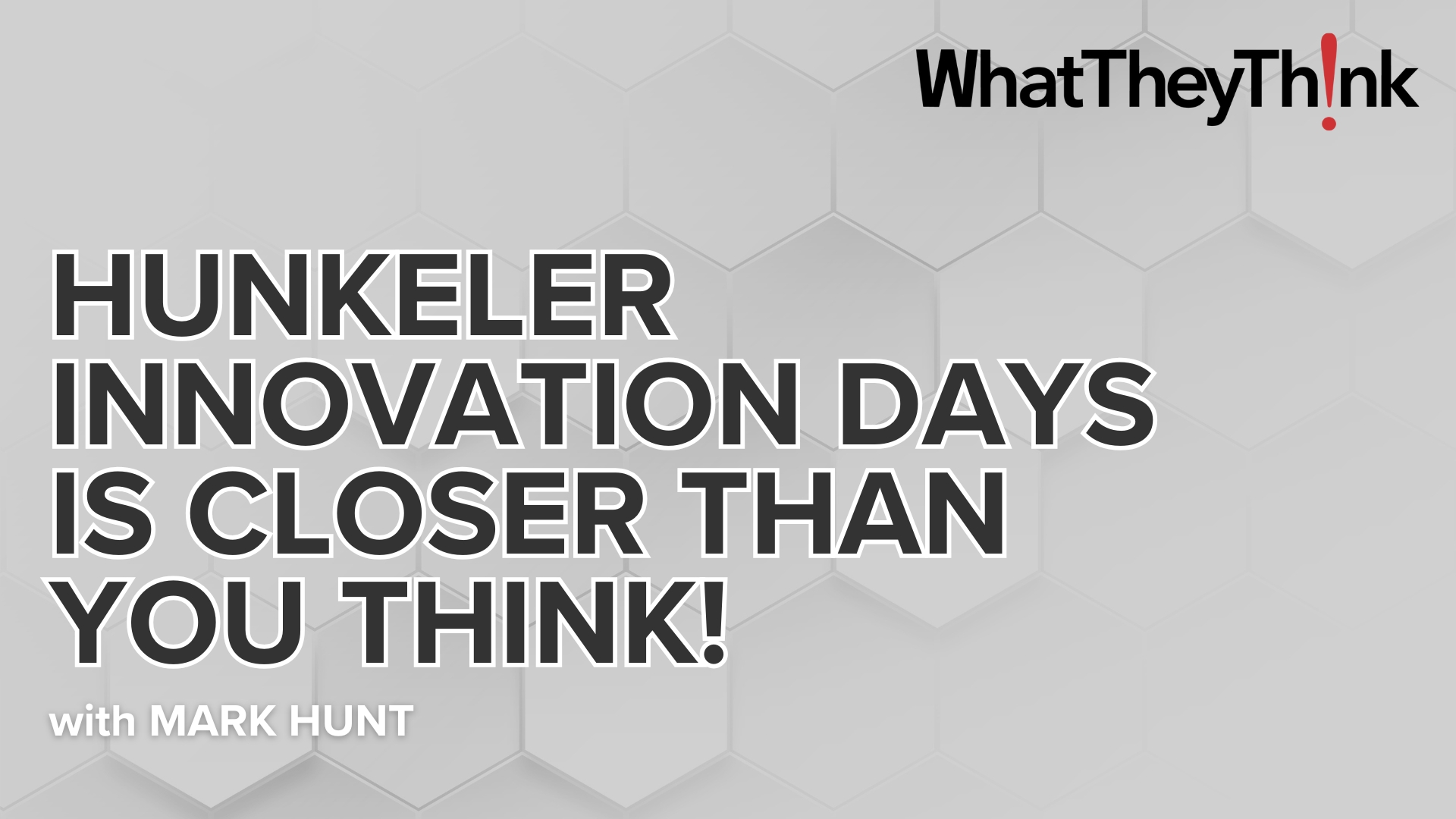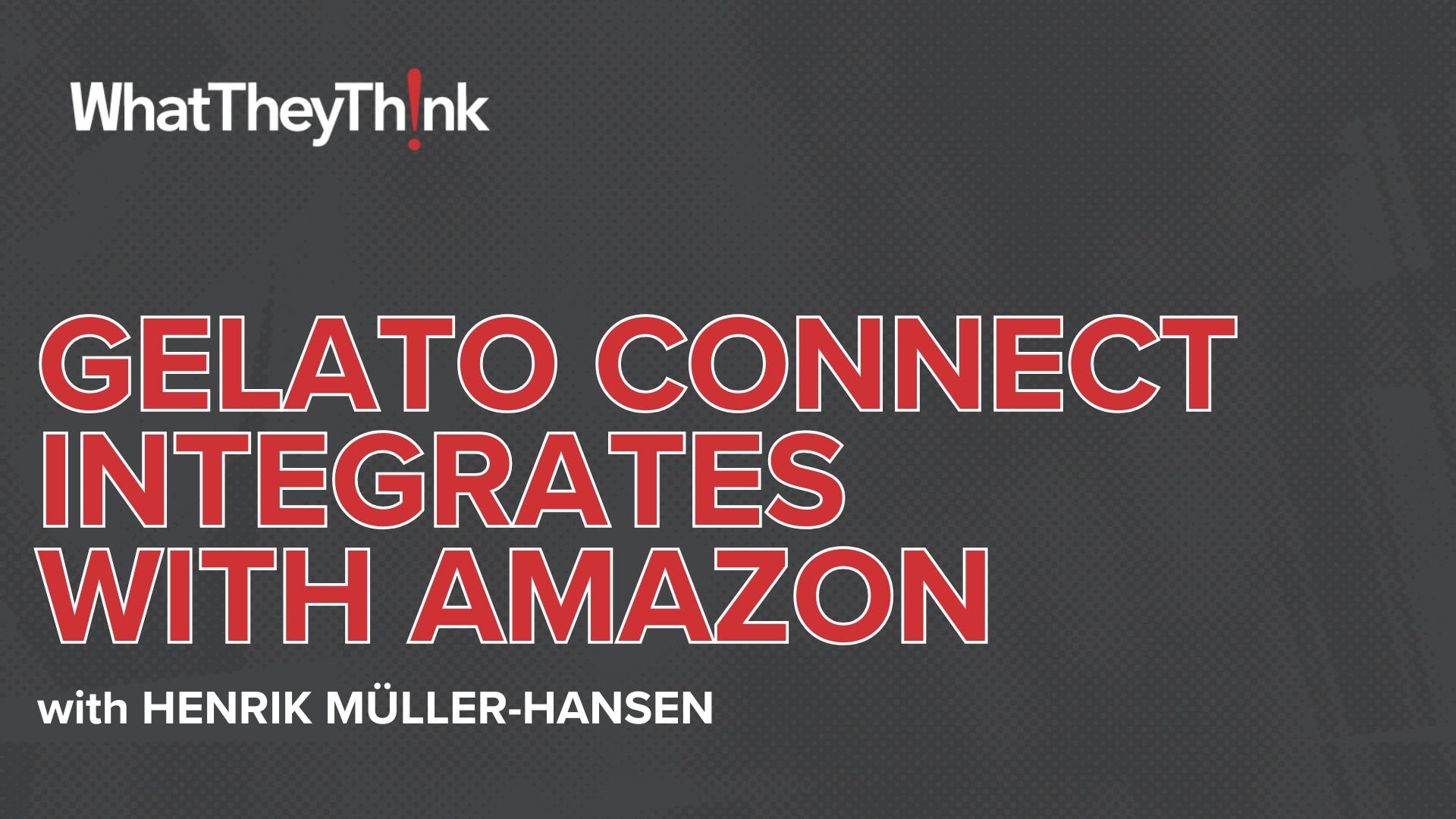Unlock the Secrets to Gaining a Competitive Edge in the Wide-Format Arena
Press release from the issuing company
 Many attributes make wide-format printing stand out from other print segments. Diversity in materials, end products and the markets it enhances define it most. This diversity is enabled by wide-format inkjet technology but driven by the materials and finishing technologies used to transform print into product.
Many attributes make wide-format printing stand out from other print segments. Diversity in materials, end products and the markets it enhances define it most. This diversity is enabled by wide-format inkjet technology but driven by the materials and finishing technologies used to transform print into product.
Cutting technologies have become essential to wide-format production, and systems that eliminate bottlenecks make for the strongest success. According to Steve Leibin, president of Matik, US distributor for SEI Laser, “Laser-cutting systems can cut faster and, in more shapes, and add embellishments to production that knife-based cutters just can’t do. They also offer individualization and speed-to-market.” SEI Laser, supplied by Matik, has several models that fit the specific needs of the wide-format space.
As wide-format inkjet devices have developed greater capacity, allowing graphics producers to do more, it has become imperative that finishing technologies keep up. Leibin says that depending on the complexity of the job, laser cutting is up to 40 to 50 percent faster than knife-based systems and, as a noncontact technology, requires less routine maintenance. Laser systems experience less downtime.
They can cut a larger variety of shapes more quickly than knife-based systems. Leibin says, “Laser systems can finish anything you can think of. They can handle all kinds of intricate designs, including inner and outer components of shapes.” They can cut complex shapes, which allows producers to deliver brand-defining, creativity-driven signs and graphics at production speed.
Laser systems can handle a broad range of substrates, including many plastics, acrylic, steel, wood and fabrics. Download the white paper and read more about the role laser systems have in wide-format applications.
- Questions to ask about inkjet for corrugated packaging
- Can Chinese OEMs challenge Western manufacturers?
- The #1 Question When Selling Inkjet
- Integrator perspective on Konica Minolta printheads
- Surfing the Waves of Inkjet
- Kyocera Nixka talks inkjet integration trends
- B2B Customer Tours
- Keeping Inkjet Tickled Pink
© 2024 WhatTheyThink. All Rights Reserved.














